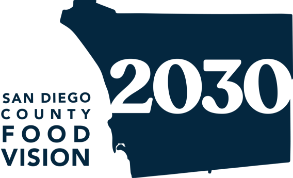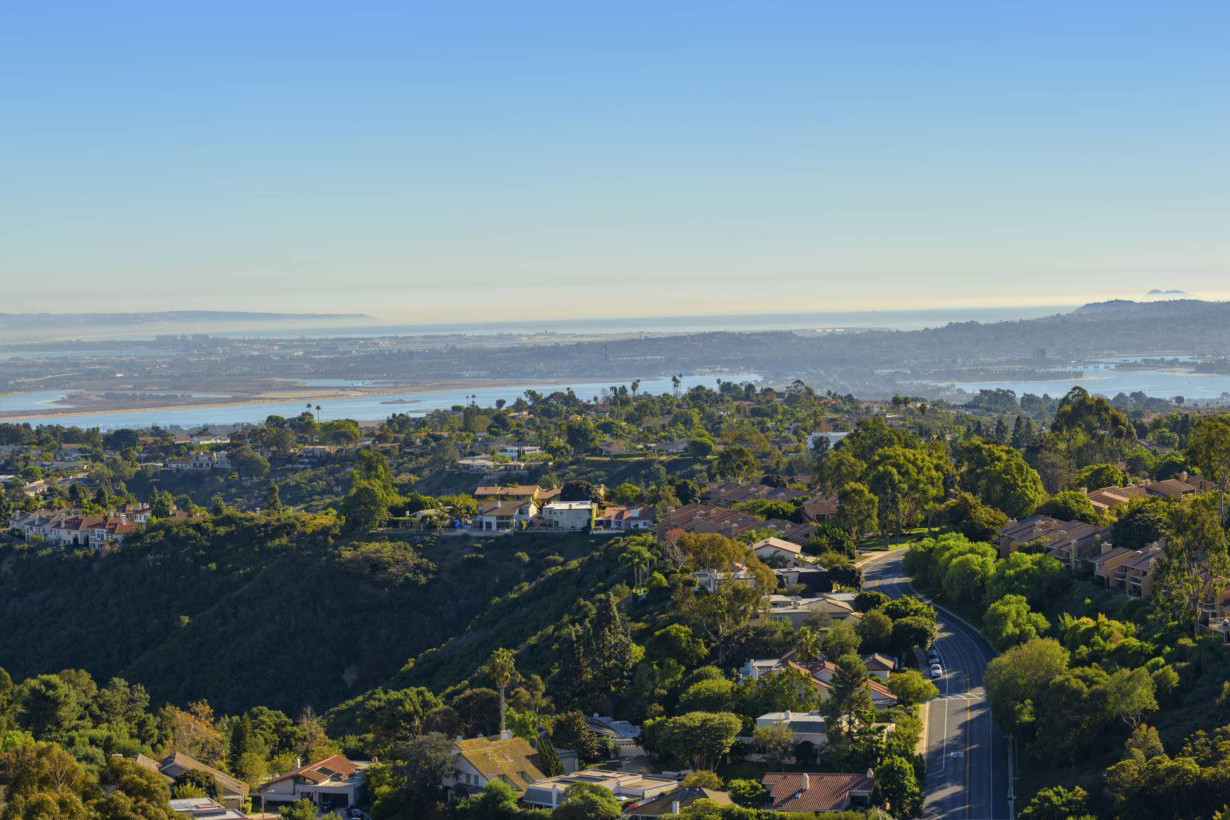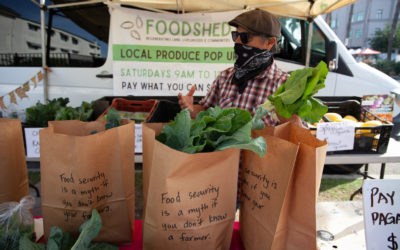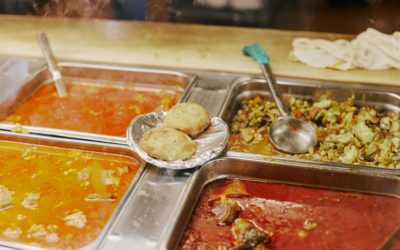Becoming a subscriber to Foodshed’s Fresh 5 program—a weekly distribution of fresh, seasonal produce, grown by the small farmers who make up the Foodshed cooperative—means you’re in for two surprises with every delivery. One is the produce itself: an ever-changing...
About Food Vision 2030
San Diego County Food Vision 2030 is a plan and movement for transforming our region’s food system over the next ten years.
With three goals, ten objectives, and several strategies to inform planning, policy, program, and investment opportunities, the Vision aims to guide collective action toward a healthy, sustainable, and just food system over the next decade.
Our Approach
To develop the Vision, we created an inclusive process that engages the full community, including people who produce, prepare, distribute, serve, and eat food. Our goal was to build a shared vision—one that includes voices from the public, private, and philanthropic sectors in addition to community members, particularly those most affected by current inequities in the food system.
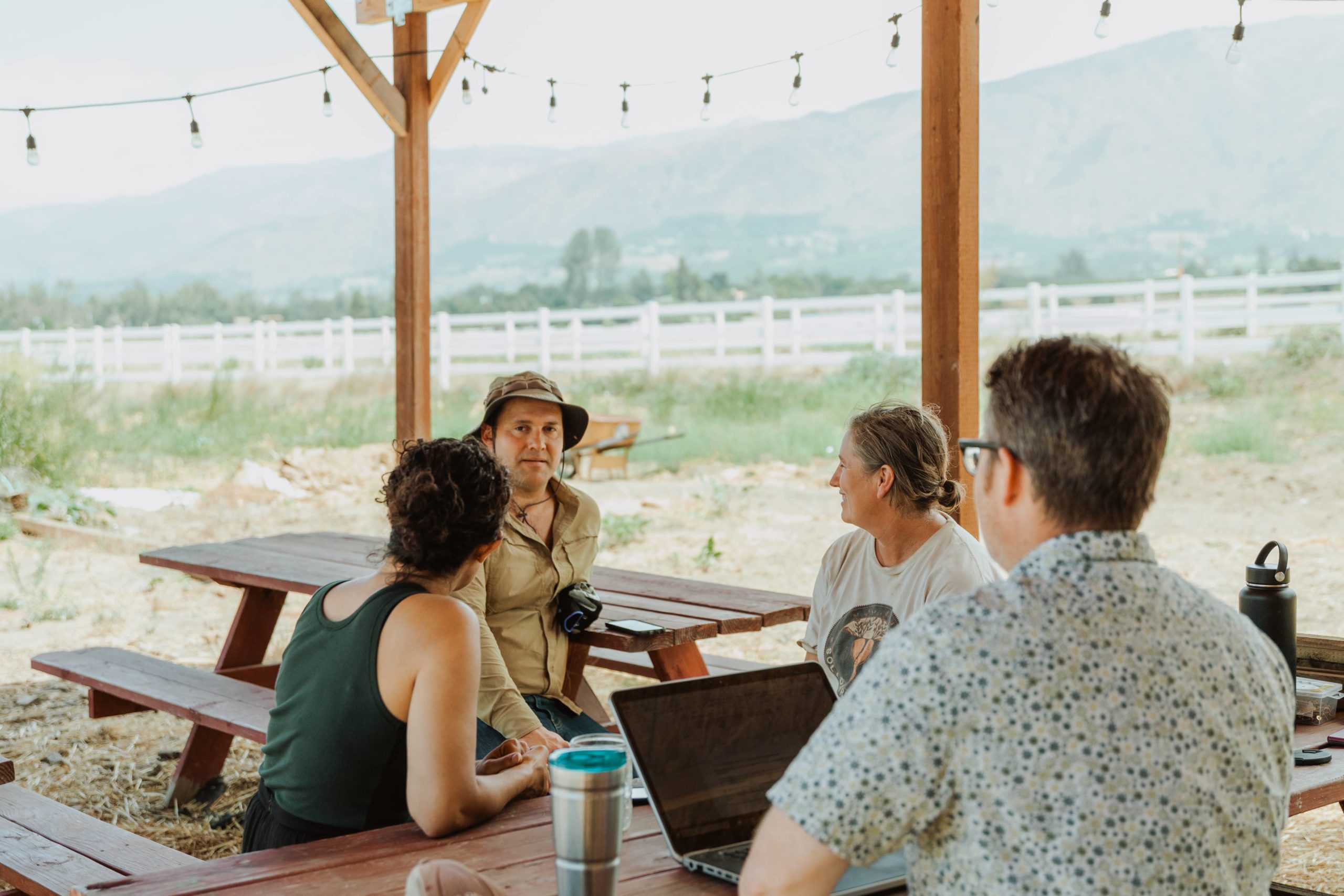
Leveraging Existing Relationships and Momentum
In developing Food Vision 2030, we began by recognizing and celebrating community leaders who have been working tirelessly over the past several decades to transform the food system in San Diego County.
Read more
The Vision builds off of these past efforts, beginning with early grassroots initiatives to cultivate food justice and build greater food sovereignty to the community roundtables that led to the founding of the San Diego Food System Alliance.
More than a decade ago in 2010, the San Diego Food System Working Group with the support of UC Davis, articulated three visions for the future of the region’s food system that included better health and well-being of San Diego County residents, agricultural stewardship of San Diego County’s environmental resource base, and thriving communities and sustainable economic growth.
In 2011, the San Diego Urban-Rural Roundtable released a set of recommendations for strengthening the region’s food system that called for adopting and implementing a comprehensive set of food system policies, aligning and leveraging the political environment to support key federal, state and regional food and agricultural policies, and supporting the creation of a regional food system alliance. This third recommendation led to the founding of the San Diego Food System Alliance.
We have looked to these past efforts as a springboard for developing Food Vision 2030. We have also drawn from the efforts of countless organizations and institutions, many of which are partners of the Alliance, who have conducted food system research in the region over the past several years. Most recently, the County of San Diego developed The State of the Food System in the San Diego Region, a collaborative report that examined challenges and opportunities in San Diego County’s food system. Food Vision 2030 builds on the recommendations from this 2019 report.
And finally, we looked to other regions that have developed food system plans, including Santa Barbara County’s 2016 Food Action Plan, HEAL Food Alliance’s Platform for Real Food, Los Angeles Food Policy Council’s Good Food For All Agenda, and Vermont’s Farm to Plate Initiative.
The work of those working locally, nationally, and globally to strengthen food systems inspired the development of Food Vision 2030. Wherever possible, we leveraged our relationships with community leaders far and wide to incorporate the lessons of past efforts and build on current ones.
¹ Ellsworth, Susan and Gail Feenstra, December 2010, Assessing the San Diego County Food System: Indicators for a More Food Secure Future, https://static1.squarespace.com/static/54b30bbae4b0fc4c2291385e/t/56096c47e4b0566c6094504f/1443458119325/SDFSWG_Final_Report_optimized.pdf.
² Roots of Change, June 30, 2011, Final Recommendations of the San Diego Urban-Rural Roundtable, https://static1.squarespace.com/static/54b30bbae4b0fc4c2291385e/t/56097131e4b06ea5093d0461/1443459377175/SDURRT+Final+Report+June+2011.pdf.
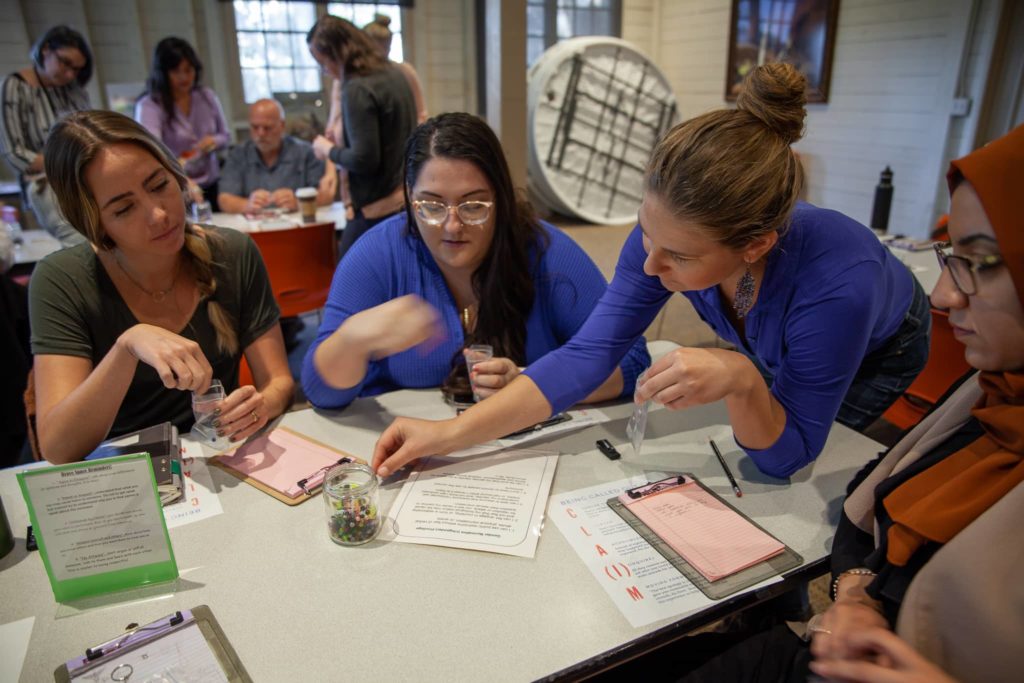
Developing a Framework
Read more
We integrated the many lessons learned—including the importance of centering values; cultivating relationships with and engaging food system leaders, workers, and residents, along with political and philanthropic leaders; breaking down silos; fostering collective impact; diversifying funding; and being adaptable.
We arrived at a decision that is guided by the Collective Impact framework, which highlights several conditions that work together to achieve alignment and results.
| Condition | Description |
| Common Agenda – Community Aspirations | A shared vision for change based on community aspirations that are based on values sufficiently ambitious that they cannot be achieved without joint action. |
| Shared Measurement System – Strategic Learning | An agreement on how success/progress will be measured and reported and a commitment to learning across the network. |
| Mutually Reinforcing Activities – High Leverage Activities | A set of high leverage, realistic activities that fit into a larger agenda. |
| Continuous Communication – Inclusive Community Engagement | Inform, consult, involve, collaborate with, and defer to community decision-making throughout the process to achieve a common agenda. |
| Backbone Support Organization |
An organization with the ability to guide the creation of a vision and strategies, mobilize funding, advance policy, focus people’s attention, and create a sense of possibilities. |
| Funding | Funding was not included as an original condition for collective impact but it is clear that such initiatives require a significant investment. |
Source: Cabaj, Mark and Lize Weaver, 2016, Collective Impact 3.0: An Evolving Framework for Community Change, Tamarack Institute, https://www.collectiveimpactforum.org/sites/default/files/Collective%20Impact%203.0.pdf.
³ Kania, John and Mark Kramer, 2011, “Collective Impact,” Stanford Social Innovation Review, https://ssir.org/articles/entry/collective_impact.
Building on the Collective Impact framework, we centered three primary values for Food Vision 2030: cultivating justice, fighting climate change, and building resilience. These values underpin the Vision, and became the foundational goals for the next decade.
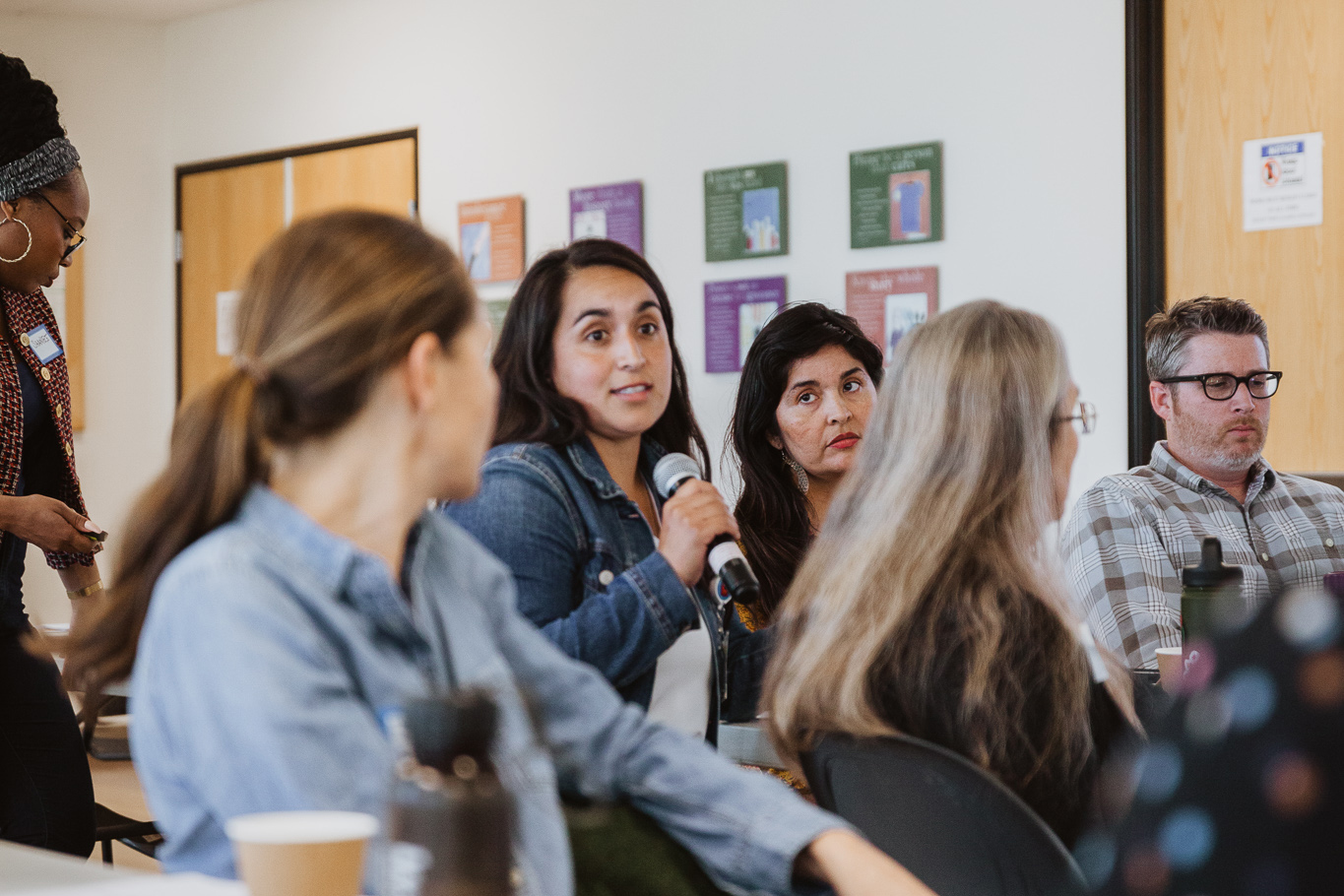
Creating Accountability
Read more
To achieve this, we crafted a set of steps that incorporated accountability throughout the two-year process.
The Leadership Council of the Alliance, a group of nearly 40 leaders working across the food system, served as early advisors before we launched Food Vision 2030 and continued to provide strategic guidance through quarterly meetings throughout the two-year process. They also played a key role with outreach to communities and developing the goals, objectives, and strategies.
To ensure that Food Vision 2030 was grounded in the values and aspirations of both the Alliance and the broader community, we brought together a diverse Steering Committee as well. The 16-member Steering Committee was carefully curated to include community organizers across the food system as well as representatives from nonprofit, political, and philanthropic communities. The Steering Committee met bi-monthly over the two-year period and were essential in engaging the broader community, especially those most impacted by the food system, and infusing accountability into our process. They also played an important role in guiding the overall planning process and developing the goals, objectives, and strategies.
In our efforts to reach those most impacted by the food system, we also cultivated partnerships with 12 specific communities across San Diego County. We worked with community partners in these historically underserved neighborhoods over the course of the two-year planning process to engage as many residents as possible. We also worked with organizers to engage essential workers, including farmers, fishermen, food business owners, farmworkers, and food workers. Several of our community partners and organizers also served on the Leadership Council and Food Vision 2030 Steering Committee, and were vital in holding us accountable within their communities.
During the final phase of developing the report and content for Food Vision 2030, we invited Leadership Council members, our Steering Committee, community partners, and those we interviewed throughout the planning process the opportunity to review and offer feedback on each of the chapters reflected in this final report. We are grateful for all of these important stakeholders and their commitment to holding us accountable.
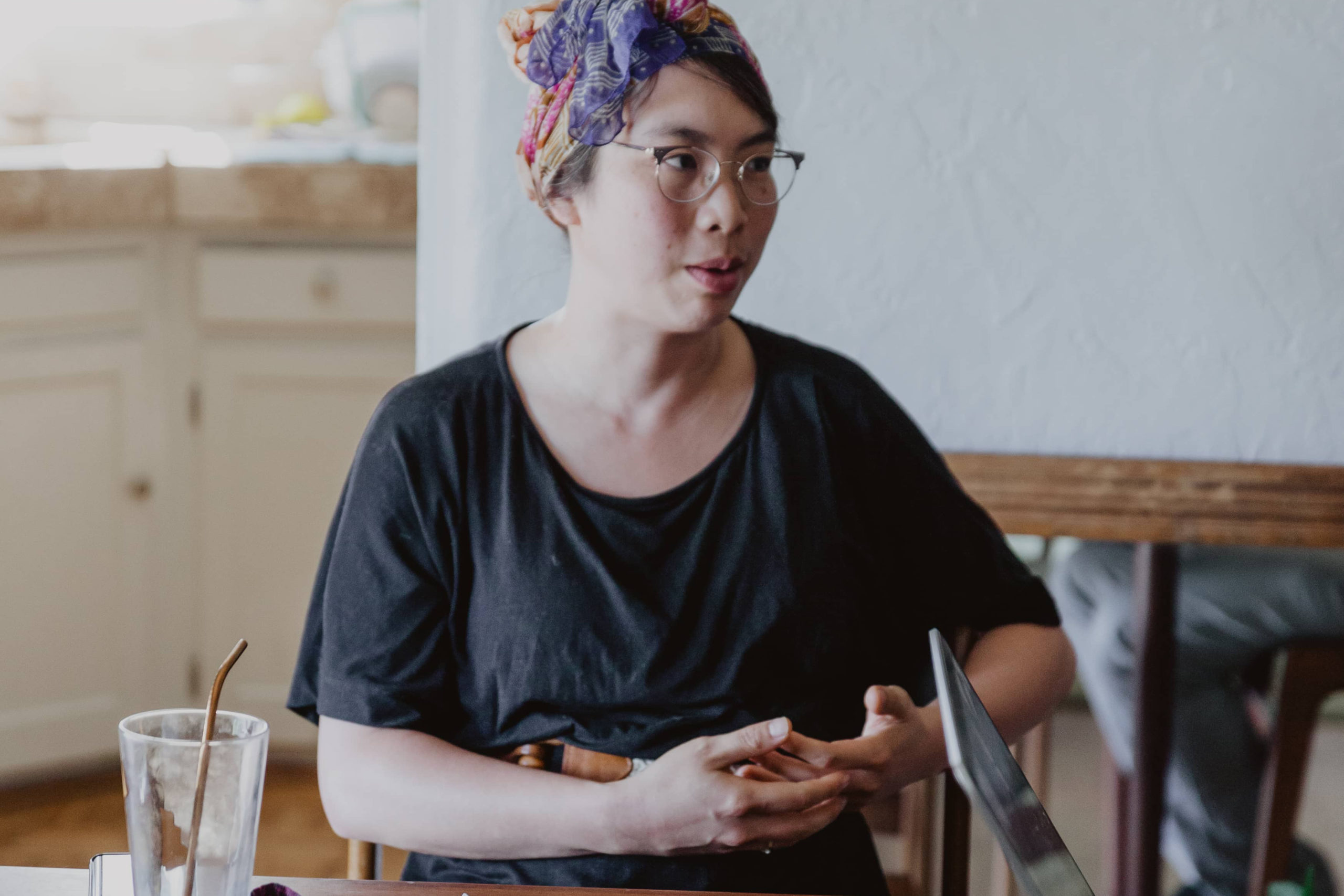
Conducting Research
Read more
Sources included the U.S. Department of Agriculture, San Diego Agriculture, Weights, and Measures, the American Community Survey, the Bureau of Labor Statistics, and more.
We also conducted over 100 interviews and over two dozen focus groups with individuals working across the food system, including food producers, food business owners, institutional leaders, nonprofit leaders, political leaders, and funders and investors. And we collected nearly 3,000 survey responses from the residents and essential food system workers.
Based on the research conducted, we developed SWOT (Strengths, Weaknesses, Opportunities, and Threats) analyses for the major components of San Diego County’s food system. We also developed dozens of indicators to create a shared measurement system for tracking progress within the region over time.
And finally, we organized all of the feedback from the literature, data analyses, interviews, focus groups and community surveys to develop goals, objectives, and strategies for San Diego County’s food system.
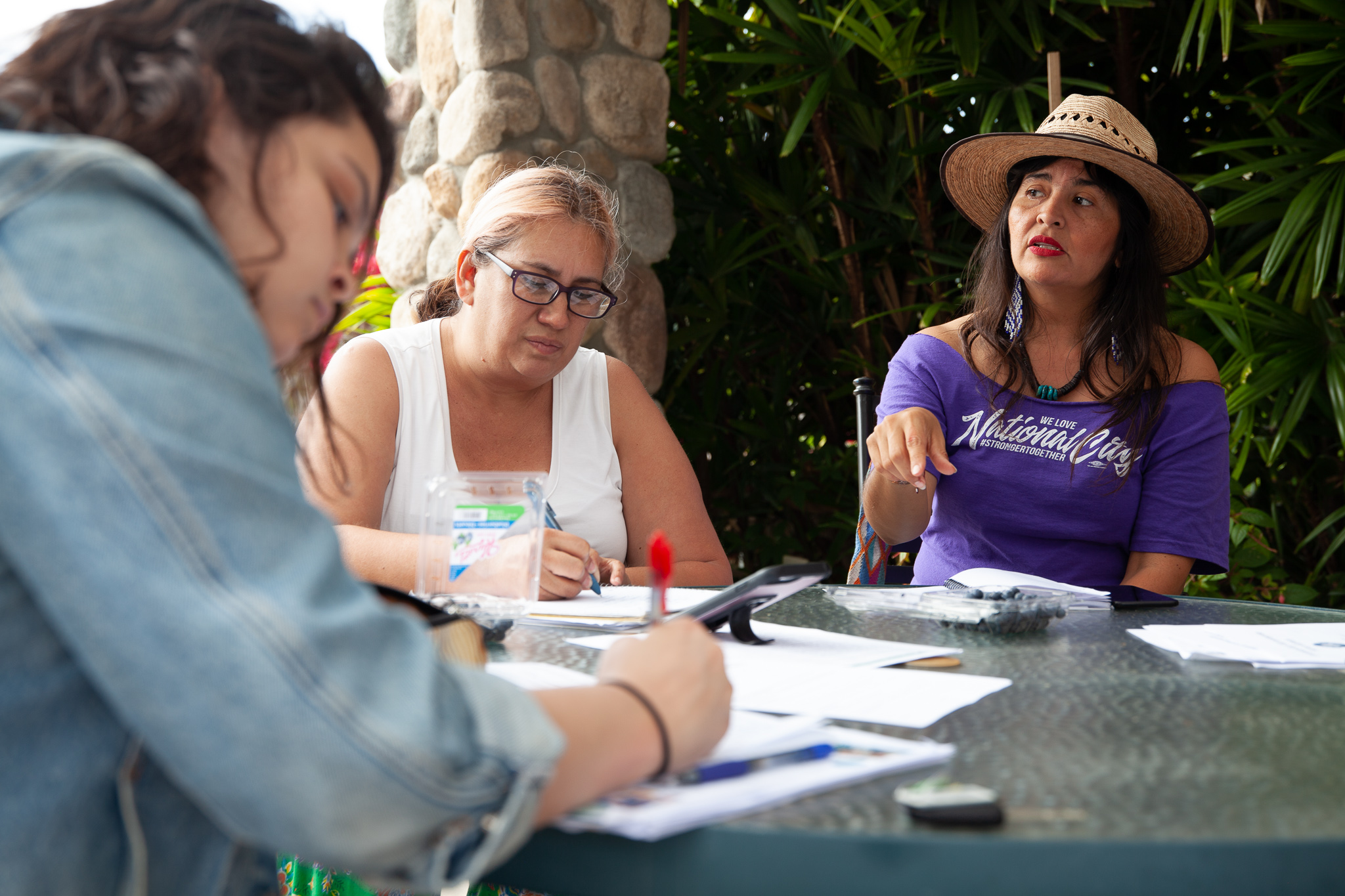
Engaging Communities
Read more
To build a shared vision that included voices from the community, particularly those most affected by current inequities in the food system, we cultivated trusting and reciprocal relationships with community organizers that have been working within historically disinvested neighborhoods for decades and with those supporting essential food system workers.
These partnerships were intended to support a series of community forums and neighborhood convenings—in Chula Vista, City Heights, El Cajon, Escondido, Imperial Beach, Logan Heights, National City, Oceanside, Southeastern San Diego, San Ysidro, Vista, Unincorporated communities, and Indigenous communities—with the goal of fostering community conversations, gathering community input, and sharing stories of the work happening across the food system in San Diego County. With the support of the County of San Diego’s Board of Supervisors, we also planned 5 large forums in each county district to launch the beginning of our community engagement process.
Unfortunately, the launch of the community engagement process in March 2020 coincided with the beginning of the COVID-19 pandemic and we were forced to pivot. Moving the community engagement process online challenged our ability to reach the community, especially residents in priority communities that may experience barriers in accessing reliable internet and technology, along with essential food system workers.
We worked closely with our community partners and organizers to understand the best approach for engaging each community. We also conducted research on the digital divide and tested a variety of online platforms. In collaboration with our partners, we ultimately created a plan to implement an equitable and safe digital engagement campaign.
Our community-based partners were essential to this process, and played a vital role in engaging community members in the process and encouraging them to make their voices heard. By cultivating deep and trusting relationships, we were able to lean on our community partners and organizers for support when facing the need to pivot in 2020.
With their support, we implemented the following to engage residents and food system workers:
| WHAT | WHY | |
| Interactive Website | Developed an interactive website that was accessible and mobile friendly via community engagement software from The Hive. | The COVID-19 pandemic precluded in person events. We chose a digital platform built for community engagement that was flexible, and worked toward developing content that could be accessed through mobile phones. |
| Surveys | Developed surveys for residents across 12 priority communities, farmers, fishermen, farmworkers, food workers, restaurant owners, and independent retailers. | We had to pivot in response to the COVID-19 pandemic, and this was the best way for us to gather important feedback from communities and food system workers. |
| Community Pages | Created customized pages for each priority community and food system stakeholder group in collaboration with community partners. | To create an experience that best mirrored the engagement from an in person gathering, we customized pages to cultivate a sense of community, featuring our partners, community stories, food resources, surveys, community data, and videos. |
| Translation | Ensured the website and outreach materials were available in multiple languages (via Weglot). | To equitably engage residents, it was essential to have all surveys, resources, and opportunities available in languages most commonly spoken in San Diego County. |
| Outreach Strategy | Developed customized engagement and outreach strategies for each priority community and stakeholder group in collaboration with community partners. | Every community we wanted to engage had different threads of communication. Without a one size fits all approach, we needed to create customized engagement strategies with each of our partners to tailor outreach to the needs of each community (i.e., texting survey links, conducting surveys over the phone, starting discussions in Facebook groups, etc.) |
Through this process, we sought community feedback in two phases. The first was in the summer of 2020 to gather insight on needs and aspirations. This feedback informed the development of the draft goals, objectives, and strategies. The second phase was in the fall of 2020 with the intention of obtaining input on a set of draft goals, objectives, and strategies. Through these two efforts, we engaged nearly 3,000 residents, with more than 60% from communities most impacted by inequities and essential food system workers.
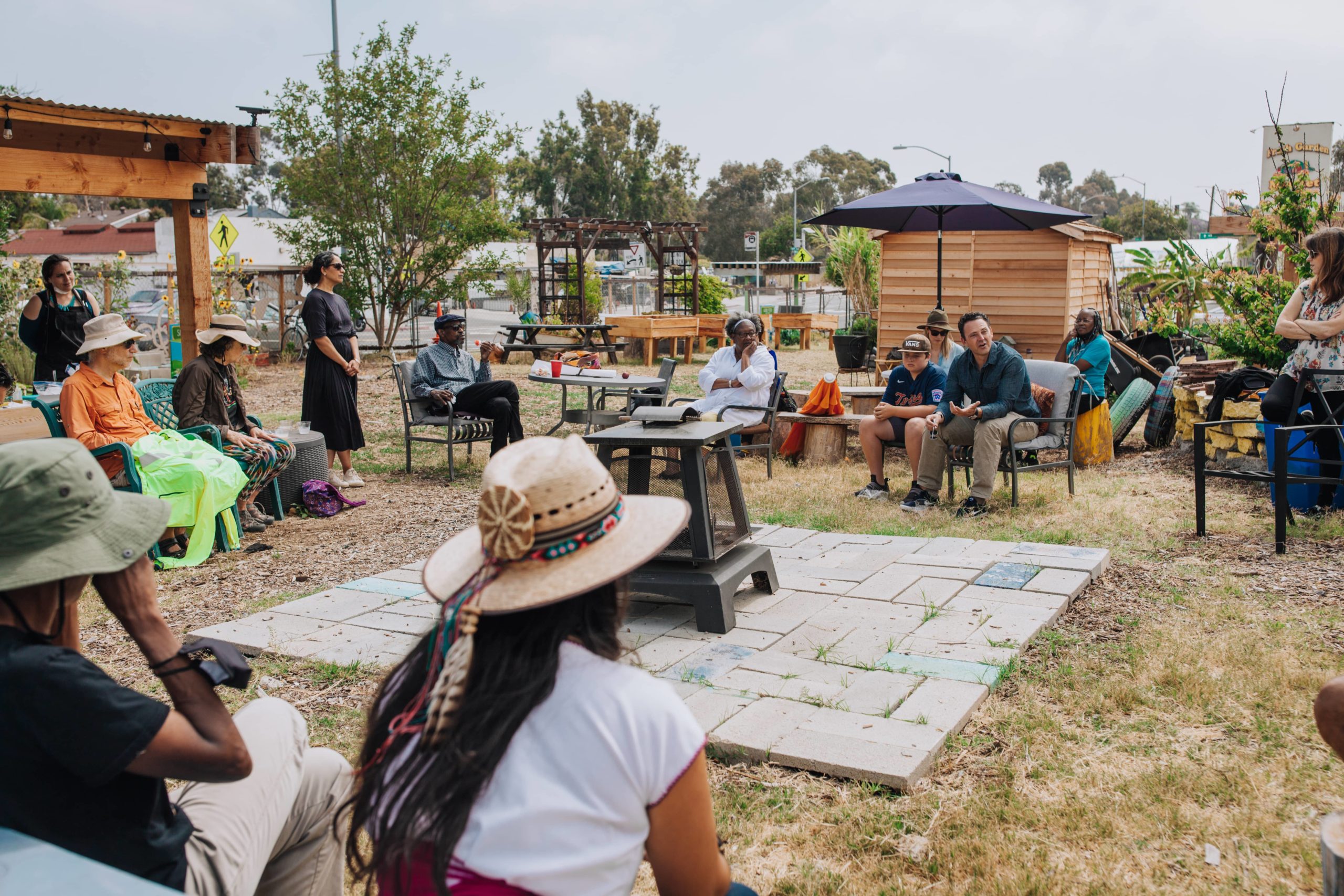
Involving Policymakers and Funders
Read more
We included policymakers and funders on the Food Vision 2030 Steering Committee, and worked with them to conduct outreach to these communities throughout the two-year process.
We developed a comprehensive government engagement strategy, cultivating relationships with key County and City policymakers. We held several one-on-one meetings, strategy sessions, and presentations with government officials across the county. Similarly, we also developed a philanthropic engagement strategy to involve funders and investors in the planning process for Food Vision 2030. We engaged with them as partners in this collective effort, hosting one-on-one meetings, presentations, and funder convenings.
Together, these efforts were foundational to our process, and will be vital as we move toward the collective implementation of Food Vision 2030.
Building a Movement
We have reached a turning point. The current moment is presenting us with a unique opportunity to collectively imagine a healthier, more sustainable, and more just food system in San Diego County.
With San Diego County Food Vision 2030, we are centering the most pressing issues within our food system—justice, climate change, and resilience—as the foundation of our common agenda. The goals of Cultivating Justice, Fighting Climate Change, and Building Resilience are linked. We cannot achieve one without achieving the other. And we need all three to realize a food system that honors our ancestors and is capable of nourishing us today and for generations to come.
In addition to the three goals, there are ten objectives that underpin Food Vision 2030 and help us overcome the challenges before us.
-
Preserve Agricultural Land and Soils, and Invest in Long-term Food Production
-
Increase the Viability of Local Farms, Fisheries, and Food Businesses
-
Scale Up Local, Sustainable, and Equitable Food Value Chains
-
Elevate Wages and Working Conditions, and Improve Career Pathways
-
Scale Up Food Waste Prevention, Recovery, and Recycling Initiatives
-
Increase Leadership by Black, Indigenous, and People of Color Across the Food System
San Diego County Food Vision 2030 is more than a shared vision for our food system. It is also seeding a movement. A movement that seeks to heal, honor, and celebrate. And a movement that will ultimately shift power.
Fortunately, there is already a growing movement of farmers, workers, scientists, community activists, business owners, and eaters working to make this vision a reality in our region. San Diego County Food Vision 2030 hopes to grow this movement over the next decade and we invite you to join us.
With a common vision, rooted in community, let us link arms and begin the work together to undo centuries of inequality and truly build a food system that belongs to all of us.
